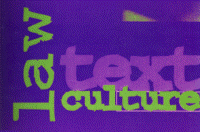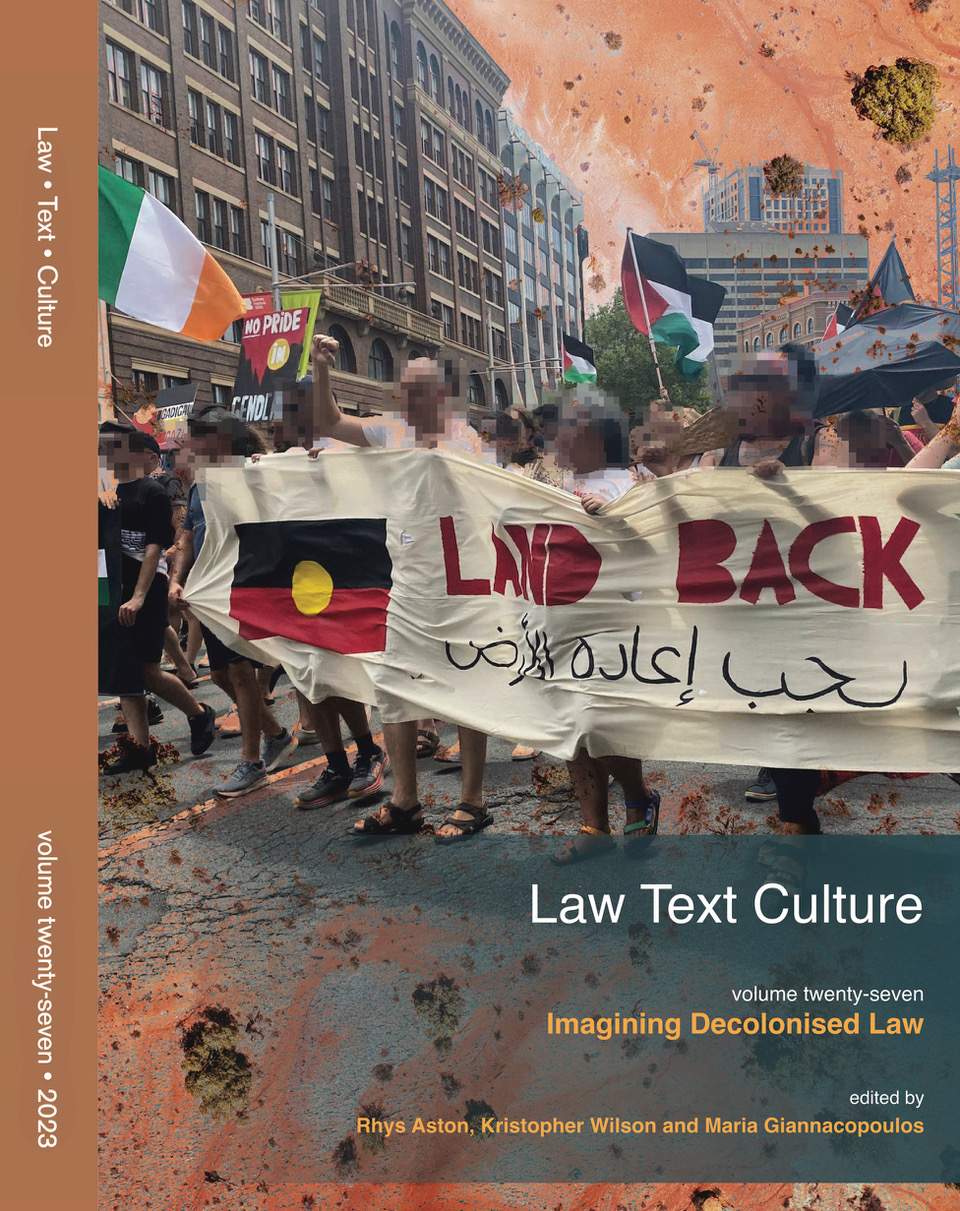Abstract
Since the first informal discussion I had with Marett Leiboff a couple of years ago, this special issue was conceived as an attempt to rephrase the relationship between the system of concepts and questions that mark Derrida’s reflections on grammatology, the archive, and the trace - on the one hand, and the languages through which normativity can be expressed, on the other. I intentionally use the term ‘normativity’, which is broader than ‘law’, to engage with a legal-theoretical reflection on a series of transformations that characterize our time, and especially those transformations produced by the emergence and introduction of digital technologies and the internet. Through the lens of a symbolic language composed by the archive, following Jacques Derrida’s concept of ‘grammatology’ and Maurizio Ferraris’ concept of ‘documentality’, the connections between law and technology show a double bind with both the materiality of the codes on which normativity is inscribed, and with the symbolic dimension that attributes authority to the inscriptions. The contemporary ‘technological turn’ is producing changes at an anthropological, existential and social level, and it also reflects on this double bind (material-symbolic) connecting law and technology; in other words, the current transformation and the ‘total mobilization’ characterizing contemporary life complexify the relationship between law and grammatology, hence the idea to rephrase the relationship between traces, documents, archives and law.
How to Cite:
Condello, A., (2018) “Contents, Introduction & Contributors, LTC, volume 22”, Law Text Culture 22(1), 1-4. doi: https://doi.org/10.14453/ltc.517
Downloads:
Download PDF
View PDF
421 Views
126 Downloads

